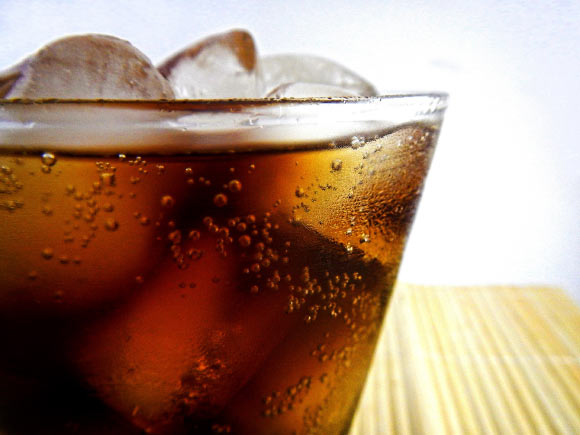Cravings for a range of substances including drugs, alcohol, and food have been shown to predict subsequent consumption or use. However, this link has not yet been systematically examined for beverages other than alcohol. Researchers in the School of Psychology at Flinders University aimed to provide a comprehensive investigation of cravings for non-alcoholic beverages — including tea, juice, flavored milk, water, coffee, and soft drink — and their link to consumption; unlike water, cravings for coffee and soft drinks were triggered by factors other than thirst, and the number of cravings predicted the total amount drunk over the week.

McGreen et al. found the number of cravings a person experiences can indicate how many soft drinks they would eventually drink, with cravings triggered by a number of factors beyond thirst. Image credit: Ernesto Rodriguez.
“Craving refers to the intense desire to consume a specific substance, such as a drug, alcohol or food and it’s been well established in research that cravings for all three can predict future use,” said Flinders University Ph.D. student Joshua McGreen.
“However, what’s less known is the link between cravings and consumption for non-alcoholic beverages, including sugar-sweetened and caffeinated beverages.”
“It is important to investigate this link because cravings could be a potential target for helping people reduce how much they drink, with both soft drinks and caffeine having the potential to cause health issues if over-consumed.”
In the study, McGreen and his colleagues analyzed data from 128 participants aged between 17 and 25 years old, who completed a craving diary and daily consumption measure over a one-week period.
Cravings were reported for a range of beverages, including tea, juice and flavored milk, but by far the most craved drinks were water, coffee and soft drink.
When investigating the link between cravings and consumption, stronger cravings were shown to be associated with a greater likelihood of drinking more — especially for soft drink.
“Tiredness was the most common craving trigger for coffee. For soft drinks, visual clues such as advertising or seeing other people having a drink were the most common triggers, followed by food and then thirst,” McGreen said.
Water was both the most craved beverage and the most consumed, with thirst being the most common trigger.
“Although water may not be considered a substance that is typically craved, the participants clearly experienced a strong desire to consume it, in line with the World Health Organization’s formal definition of craving,” McGreen said.
“However, the number of cravings for water during the week did not indicate how much would be drunk. Instead, that was predicted by how much participants liked water and whether they were male.”
“This contrasts to coffee and soft drink, where the number of cravings for each predicted how much would be drunk over the week.”
The study is published in the journal Eating Behaviours.
_____
Joshua McGreen et al. 2022. Beyond thirst: Cravings for non-alcoholic beverages including soft drink. Eating Behaviors 46: 101662; doi: 10.1016/j.eatbeh.2022.101662







